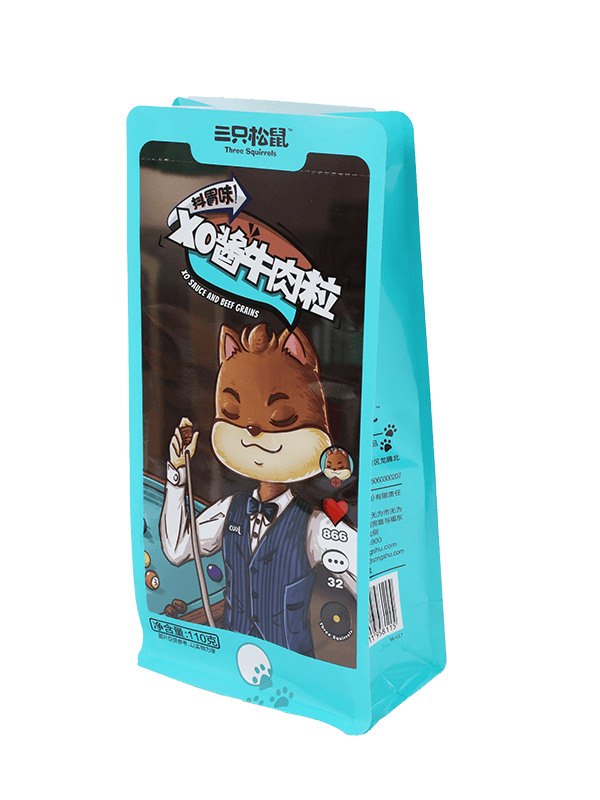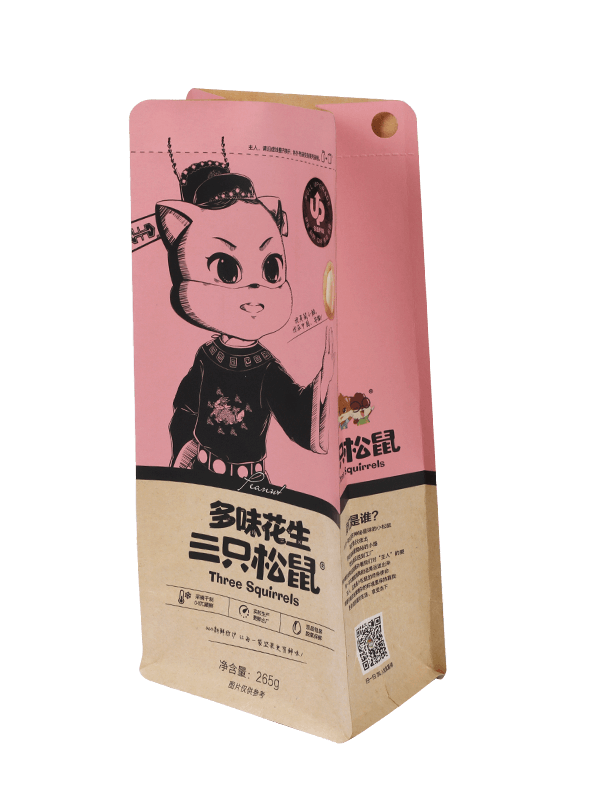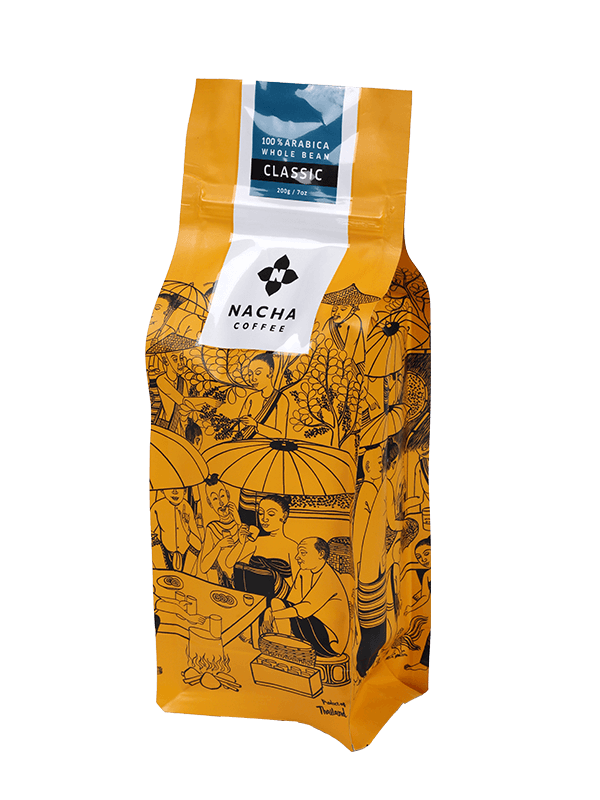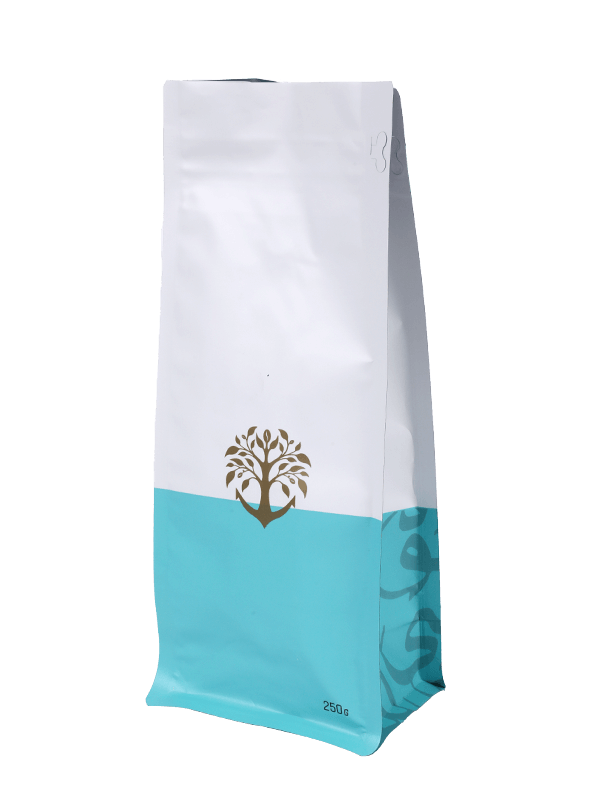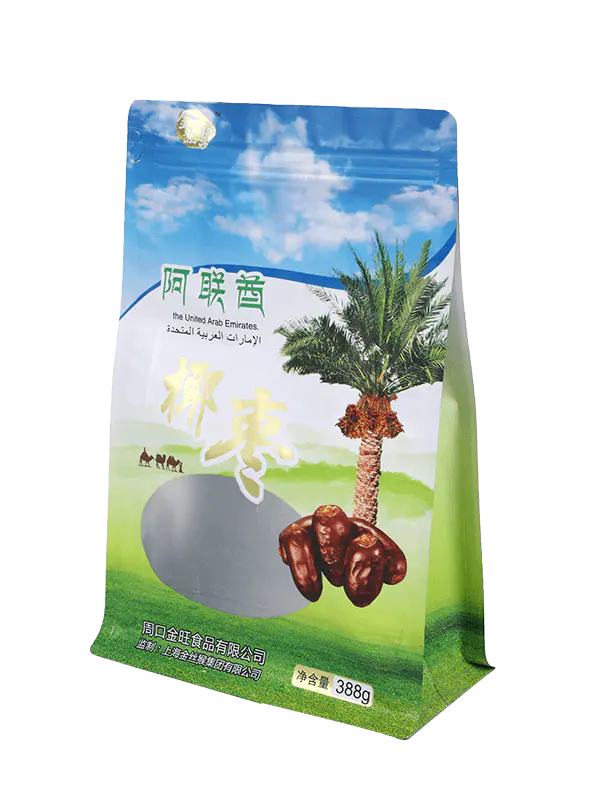How Energy and Resource Efficient is the Special-Shaped Packaging Bag?
Date:04-12-2023
In an era in which sustainability is at the leading edge of consumer and enterprise concerns, the evaluation of the environmental impact of packaging materials has become increasingly more considerable. Special-shaped packaging bags, designed to stand out on the shelves, raise a crucial question: How energy and resource efficient are these visually striking bags?
1. Material Selection:
The foundation of energy and resource efficiency in special-shaped packaging bags lies in the materials chosen for their production. Opting for sustainable materials, which includes biodegradable plastics, compostable substances, or recycled content material, is a essential step toward decreasing the environmental impact associated with uncooked material extraction and processing.
2. Recycled Content:
Incorporating recycled content into the producing process of special-shaped packaging bags notably contributes to aid performance. The use of post-consumer or post-industrial recycled materials helps diminish the demand for virgin resources, thus minimizing the overall ecological footprint.
3. Production Processes:
The production section is a pivotal stage in figuring out the energy efficiency of special-shaped packaging baggage. Adopting strength-efficient technologies, enforcing closed-loop structures, and minimizing waste at some stage in manufacturing are critical for lowering energy intake and optimizing resource usage.
4. Water Conservation:
Water, a finite aid, performs a important role in the production of packaging materials. Sustainable practices in water conservation, such as recycling and reuse, now not best contribute to resource efficiency but additionally align with responsible environmental stewardship.
5. Supply Chain Optimization:
The performance of the deliver chain at once impacts the general electricity and resource efficiency of unique-shaped packaging luggage. Locally sourcing materials and using green transportation methods help decrease the carbon footprint associated with the transportation of uncooked materials and finished products.
6. Energy Consumption:
Energy performance is paramount in sustainable packaging practices. Manufacturers can appoint electricity-green machinery, make use of renewable power resources, and implement technologies that lessen electricity consumption. This no longer handiest aligns with environmental goals however also has the ability for long-time period price financial savings.
7. Waste Reduction:
A commitment to sustainability includes minimizing waste at each level of production. Implementing practices like cloth recycling, waste-to-power packages, and adopting circular economic system ideas allows reduce the environmental impact related to waste disposal.
8. Lifecycle Assessments:
Conducting comprehensive lifecycle assessments is crucial for understanding the overall environmental effect of unique-fashioned packaging baggage. Analyzing each level, from raw cloth extraction to quit-of-existence disposal, helps identify areas for development and informs selections for optimizing resource performance.
9. Technological Innovation:
Embracing technological improvements is vital for accomplishing power and resource efficiency goals. Continuous studies and development in packaging technologies make contributions to the invention of greater sustainable materials and tactics, furthering the evolution of the enterprise.

 English
English 中文简体
中文简体 Español
Español










